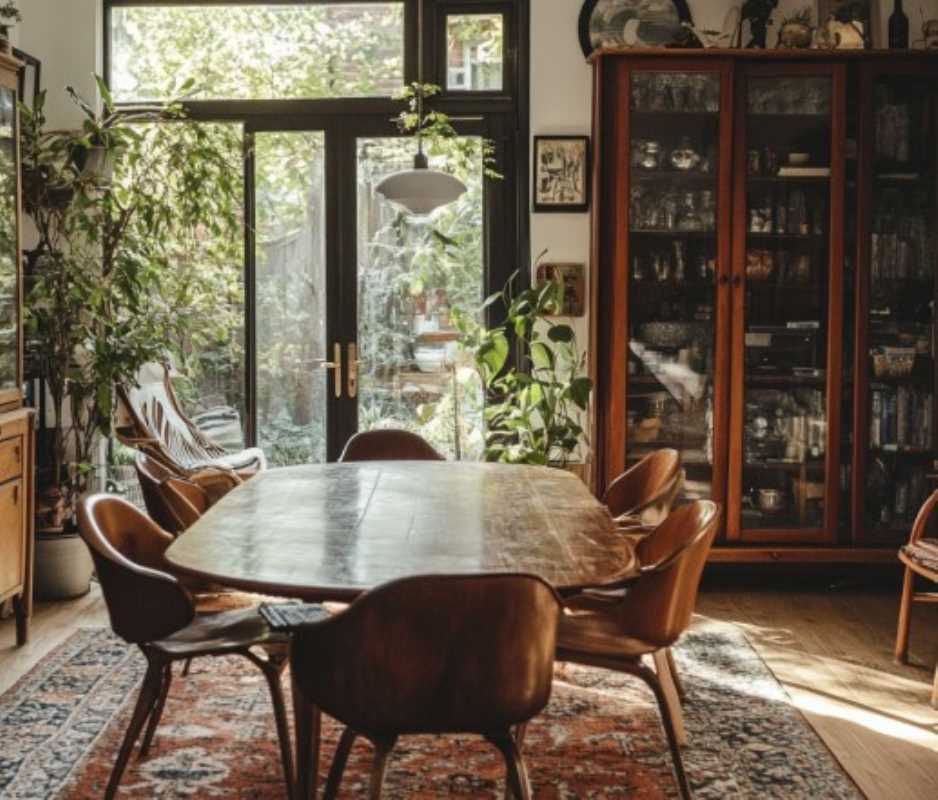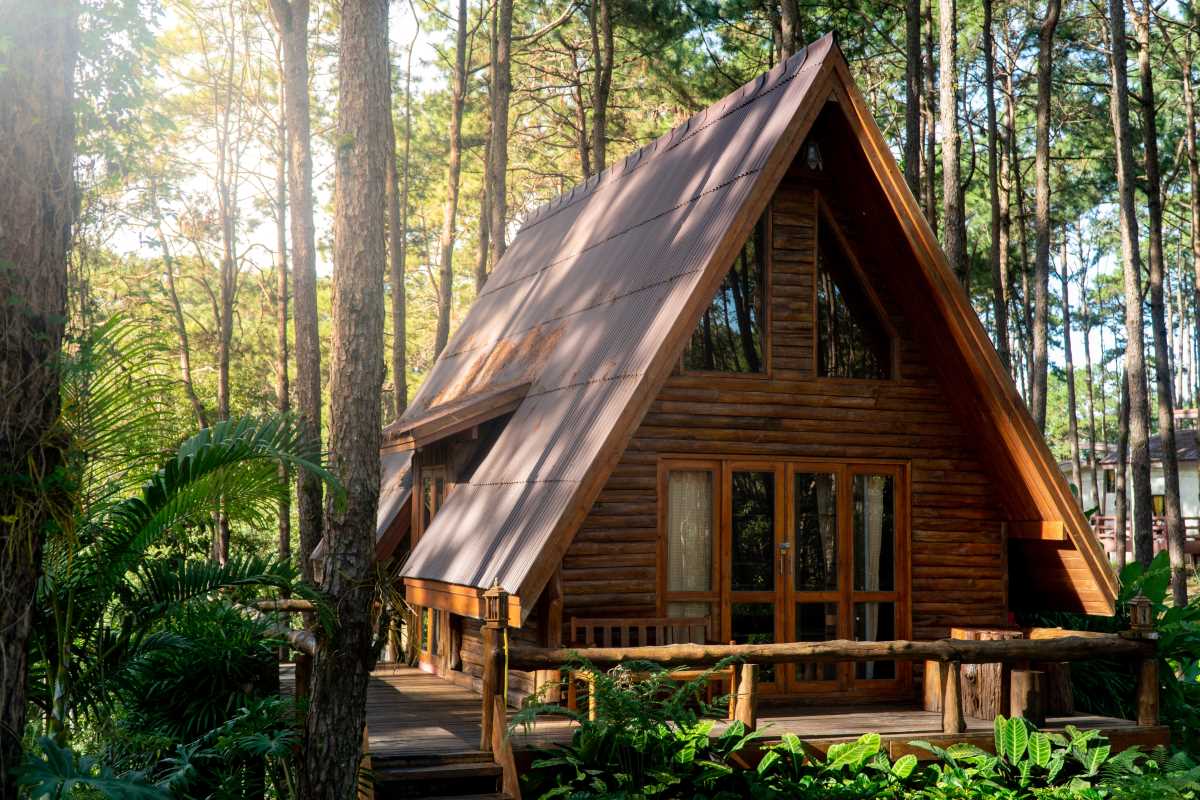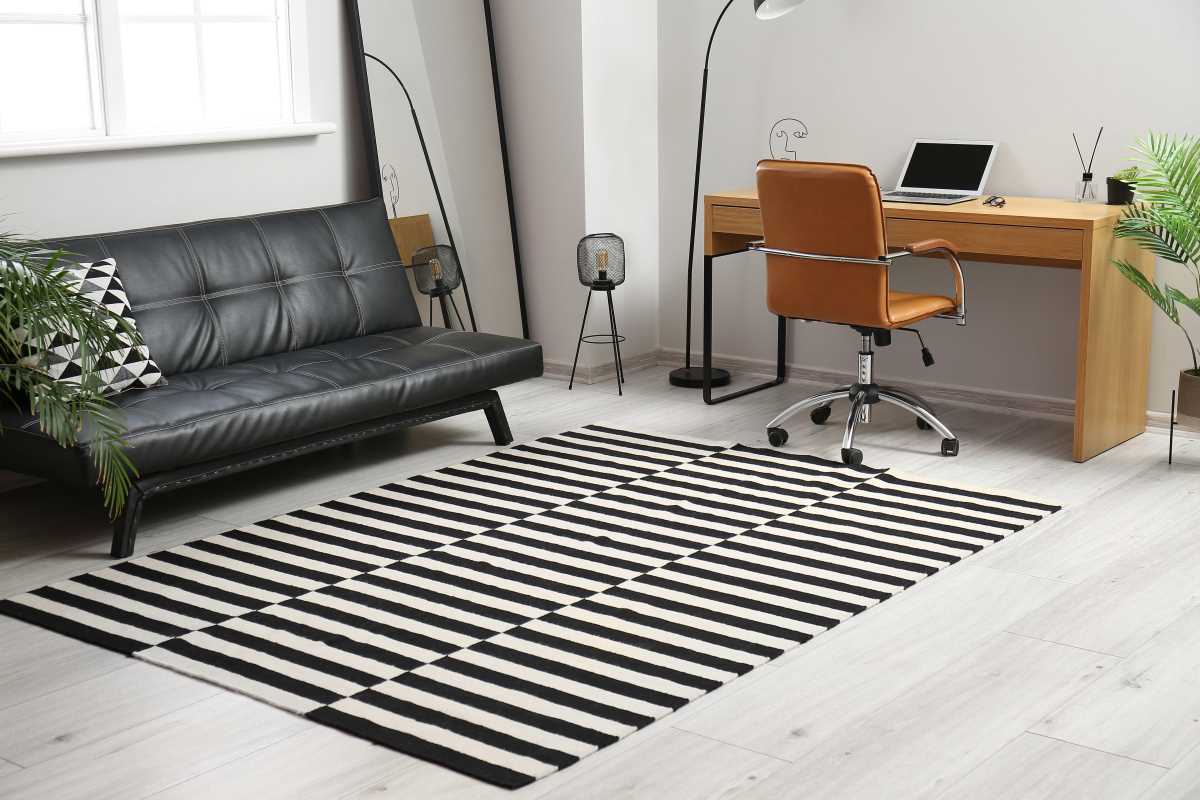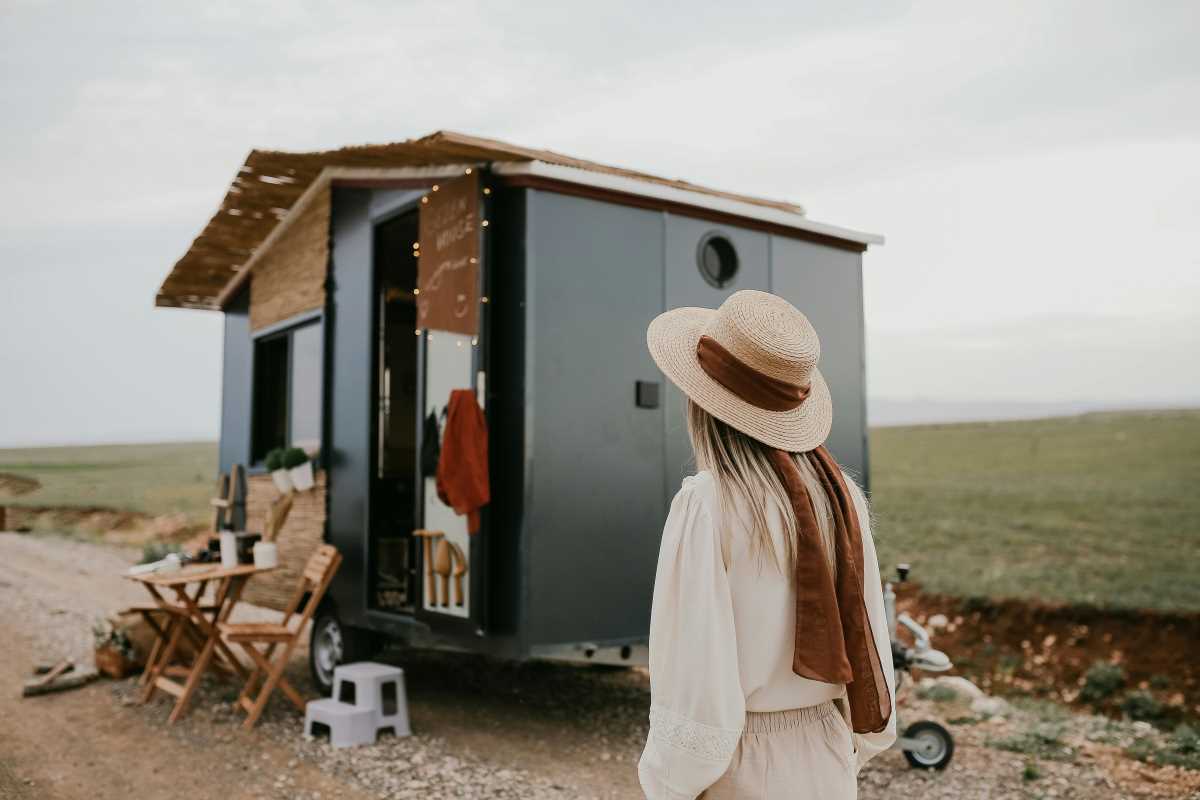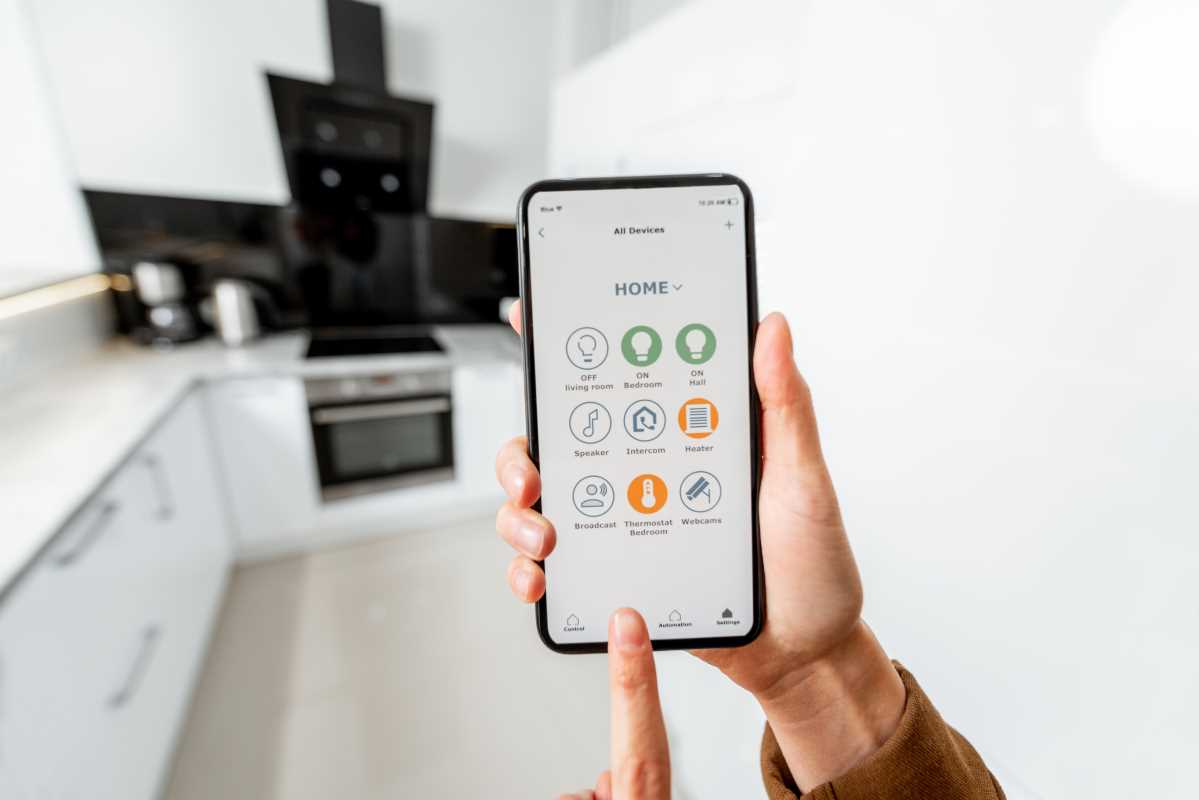If you've ever walked into a room and been greeted by a lush collection of vibrant plants, you know how inviting an indoor jungle can feel. Creating your own indoor oasis not only enhances the aesthetic of your space but also brings a sense of calm and freshness into your daily life. Whether you're a seasoned plant parent or just starting out, caring for exotic plant species can be a rewarding experience transforming your home into a green sanctuary.
Understanding Exotic Plant Species
Exotic plants originate from distant climates and often have unique appearances and care requirements. They can range from vibrant orchids and elegant ficus trees to delicate bromeliads and striking succulents. What makes them exotic is their origin and distinct shapes, colors, and textures, which can add a touch of the extraordinary to any indoor space.
Understanding the specific needs of each exotic species is crucial for their survival and growth. Light exposure, humidity levels, temperature, and soil type vary significantly between plants. By familiarizing yourself with these requirements, you can ensure each plant thrives indoors, creating a harmonious and visually stunning indoor jungle.
Choosing the Right Plants for Your Space
Selecting the perfect exotic plants for your indoor jungle involves considering several factors to ensure they fit well within your living space and your ability to care for them properly.
- Light Conditions: Assess the natural light available in your space. Some exotic plants require bright, indirect sunlight, while others thrive in low-light conditions.
- Space Availability: Consider the size of your room and the available space for your plants to grow. Larger plants like *Monstera deliciosa* need more room, whereas smaller plants like *Tillandsia* can fit into compact spaces.
- Humidity Levels: Exotic plants often prefer higher humidity. Make sure your indoor environment can support these conditions or be prepared to adjust accordingly.
- Maintenance Requirements: Some plants demand more attention and care. Choose species that match your lifestyle and the time you can dedicate to plant care.
- Compatibility: Ensure that the plants you choose can coexist without competing for resources. Mixing plants with similar care needs can simplify maintenance.
Essential Care Tips for Exotic Plants
- Proper Watering: Avoid overwatering by checking the soil's moisture levels before adding water. Many exotic plants prefer their soil to dry out slightly between waterings.
- Adequate Lighting: Place your plants in spots where they receive the right amount of light. Rotate them periodically to ensure even growth.
- Humidity Management: Increase humidity by using a humidifier, placing water trays near your plants, or grouping plants together to create a microenvironment.
- Soil Health: Use high-quality, well-draining soil tailored to the specific needs of your exotic plants. Repot them as they grow to provide ample space for their roots.
- Regular Feeding: Feed your plants with appropriate fertilizers during their growing seasons to support healthy growth and vibrant foliage.
Common Challenges and Solutions
Caring for exotic plants can present some challenges, but you can overcome most of them with a little knowledge. Pests like aphids and spider mites can infest your indoor jungle, so regular inspections and natural remedies can keep them in check. Fluctuations in temperature and humidity can stress your plants, leading to wilting or leaf discoloration. Maintaining a consistent environment and adjusting care routines as needed can help mitigate these issues.
Another common challenge is dealing with root rot, which is often caused by overwatering or poor drainage. Ensuring that your pots have adequate drainage holes and using the right soil mix can prevent this problem. If root rot does occur, promptly repotting the affected plant and trimming the damaged roots can save it from further decline.
Creating a Balanced Indoor Ecosystem
Achieving a balanced indoor ecosystem is key to maintaining a healthy indoor jungle. This involves selecting plants that complement each other's needs and creating an environment where they can thrive together. Arranging plants with varying heights and textures can enhance the visual appeal and ensure that each plant receives the appropriate amount of light and airflow.
Proper ventilation, consistent watering schedules, and regular maintenance routines contribute to a stable ecosystem. Introducing natural elements such as stones, driftwood, or decorative pots can enhance the aesthetic while providing functional benefits like improved drainage and root support. A well-balanced ecosystem not only promotes plant health but also creates a serene and inviting atmosphere in your home.
Benefits of an Indoor Jungle
Having an indoor jungle has numerous benefits that go beyond its visual appeal. Plants act as natural air purifiers, removing toxins and improving the overall air quality in your home. This can lead to better respiratory health and a more comfortable living environment. Moreover, the presence of greenery has been shown to reduce stress levels, boost mood, and enhance productivity, making your indoor space a more pleasant place to be.
Watching your plants grow and thrive can provide a sense of achievement and satisfaction. It also encourages you to create a personalized and dynamic living space that reflects your style and personality, making your home uniquely yours.
